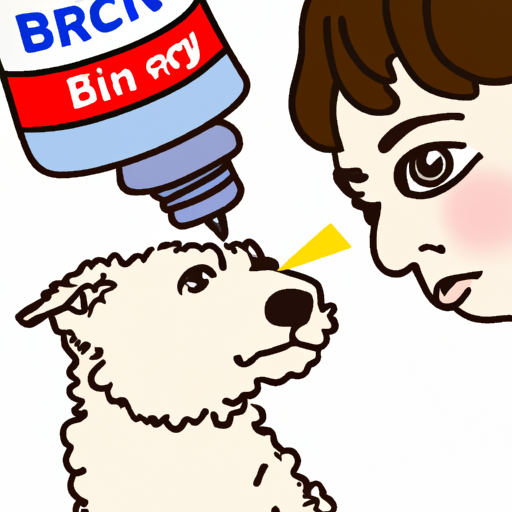Cherry eye in dogs can seem alarming at first glance, but with the right approach, you can help your furry friend recover. Here’s your comprehensive guide.
1. Understanding Cherry Eye
Cherry eye, properly known as nictitans gland prolapse, is a condition in dogs where the gland of the third eyelid, or the nictitating membrane, becomes swollen and visible. It’s not a life-threatening condition, but it can cause irritation and discomfort for your pet.
Common symptoms include:
- A red, swollen mass in the corner of the eye
- Excessive tearing or discharge
- Frequent blinking or pawing at the eye
2. Causes of Cherry Eye
While the exact cause of cherry eye is unknown, it’s thought to be due to a weakness in the gland’s attachment in the dog’s eye. Some breeds are more prone to this condition, including Bulldogs, Beagles, and Cocker Spaniels.
It’s important to note that cherry eye can occur at any age, but it’s most commonly seen in young dogs, less than two years old.
3. Treating Cherry Eye
Cherry eye is typically treated with surgery. There are two primary surgical methods:
- Gland Replacement: The gland is tucked back into its normal position and stitched into place.
- Gland Removal: The entire gland is removed. This method is less commonly recommended because it can lead to dry eye.
After surgery, your dog will likely need to wear an Elizabethan collar (or ‘cone of shame’) to prevent them from scratching or rubbing their eyes.
4. Home Care and Prevention
Post-surgery care is crucial for recovery. Here are some steps to follow:
- Administer all prescribed medications on schedule.
- Ensure your dog wears their cone to prevent further injury.
- Keep your dog’s living area clean to reduce the risk of infection.
While there’s no guaranteed way to prevent cherry eye, regular vet check-ups can help spot early signs and intervene before the condition worsens.
5. When to Seek Vet Assistance
Regardless of the severity, any eye abnormality should be evaluated by a veterinarian. Not all red, swollen eyes are due to cherry eye; other serious conditions such as glaucoma or uveitis can also cause similar symptoms.
| When to Seek Vet Assistance |
|---|
| There’s a visible mass in your dog’s eye |
| Your dog is scratching or pawing at their eye frequently |
| There’s excessive tearing or discharge from your dog’s eye |
Frequently Asked Questions
Q: Can cherry eye go away on its own?
A: While the swelling may occasionally decrease, cherry eye will not permanently go away without treatment.
Q: Is cherry eye painful for dogs?
A: It can cause discomfort, but it’s not typically painful. However, if left untreated, it can lead to more serious issues like dry eye.
Q: Is cherry eye contagious to other dogs?
A: No, cherry eye is not contagious. It’s a physical condition related to a dog’s individual health.
Q: How long does it take for a dog to recover from cherry eye surgery?
A: Recovery times vary, but most dogs recover within a few weeks following surgery.
Remember, as a responsible caregiver, it’s your duty to ensure your pet’s health and well-being. Prompt attention to any health issues, including cherry eye, can make a world of difference in your dog’s life.



